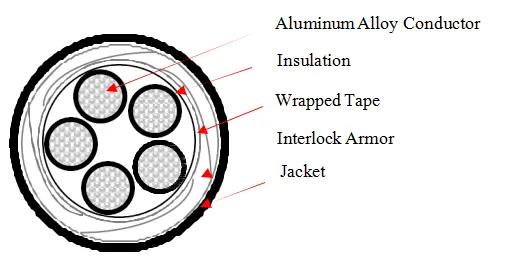നവം . 20, 2024 11:40 Back to list
2 inch rubber expansion joint
Understanding 2-Inch Rubber Expansion Joints A Comprehensive Overview
Rubber expansion joints, specifically 2-inch variants, play a crucial role in various industrial and commercial applications. These components are vital for accommodating the thermal expansion and contraction of pipes, which can occur due to changes in temperature or pressure within a piping system. By understanding the design, functionality, and benefits of 2-inch rubber expansion joints, we can better appreciate their importance in modern engineering.
What is a Rubber Expansion Joint?
A rubber expansion joint is a flexible connector made from elastomeric materials, primarily rubber, which compensates for movement within piping systems. This movement can be due to various factors such as thermal expansion, vibrations, and misalignment. The main purpose of these joints is to absorb any movement and stress that may occur, thereby protecting the pipes and associated equipment from damage.
Design and Construction
The design of a 2-inch rubber expansion joint typically includes an inner tube, wire reinforcement, and an outer cover. The inner tube is usually made of synthetic rubber, capable of withstanding different fluids and temperature ranges. The wire reinforcement adds strength and durability, ensuring that the joint can handle the pressure without failing. The outer cover protects the joint from environmental conditions and additional damage.
These joints are available in various shapes like straight or with flanged ends, allowing for easy installation in different piping configurations. The 2-inch size refers to the nominal diameter of the joint, making it compatible with standard piping systems of similar sizes.
Functionality
The primary function of a 2-inch rubber expansion joint is to absorb motion, whether it be axial (along the length of the pipe), lateral (side to side), or angular (twisting). When temperatures change, materials expand or contract; if a piping system had no flexibility, it would be prone to leaks or fractures at the joints due to stress concentrations.
By incorporating rubber expansion joints, the system can effectively manage thermal effects and maintain integrity, ensuring a smoother operation. Moreover, these joints help reduce vibration and noise transmitted through the piping system, enhancing overall comfort and functionality, especially in HVAC systems and water transport.
Benefits of Using Rubber Expansion Joints
2 inch rubber expansion joint

1. Flexibility The inherent flexibility of rubber allows for adjustments in alignment or thermal expansion. This feature is especially beneficial in complex systems where space is limited, and movement is unavoidable.
2. Durability Rubber expansion joints are designed to withstand varying pressures and temperatures, making them suitable for both high and low-pressure applications. Properly selected and maintained, these joints can have a long service life.
3. Vibration Absorption By dampening vibrations, these joints help protect equipment from premature wear and tear, thus reducing maintenance costs.
4. Ease of Installation Rubber expansion joints can be easily installed, requiring minimal tools and time. This efficiency can significantly reduce downtime during construction or repairs.
5. Cost-Effective Solution Compared to metal alternatives, rubber expansion joints are often more economical while providing similar levels of performance and reliability.
Applications
2-inch rubber expansion joints are utilized in various industries ranging from water treatment facilities, chemical processing plants, and power generation facilities to commercial buildings and residential construction. They are essential in systems involving heating, cooling, ventilation, and plumbing.
In HVAC systems, for example, these joints can effectively accommodate the movement caused by temperature variations and ensure that ducts remain airtight, thereby improving energy efficiency.
Conclusion
In conclusion, 2-inch rubber expansion joints are pivotal components in the realm of piping and mechanical systems. Their ability to absorb movement, reduce vibration, and accommodate thermal expansion makes them indispensable for maintaining the integrity and longevity of piping systems. By investing in quality rubber expansion joints, industries can ensure smoother operations, reduced maintenance costs, and improved overall efficiency. As technology advances, the design and functionality of these joints are likely to evolve, offering even more enhanced features for modern applications.
Share